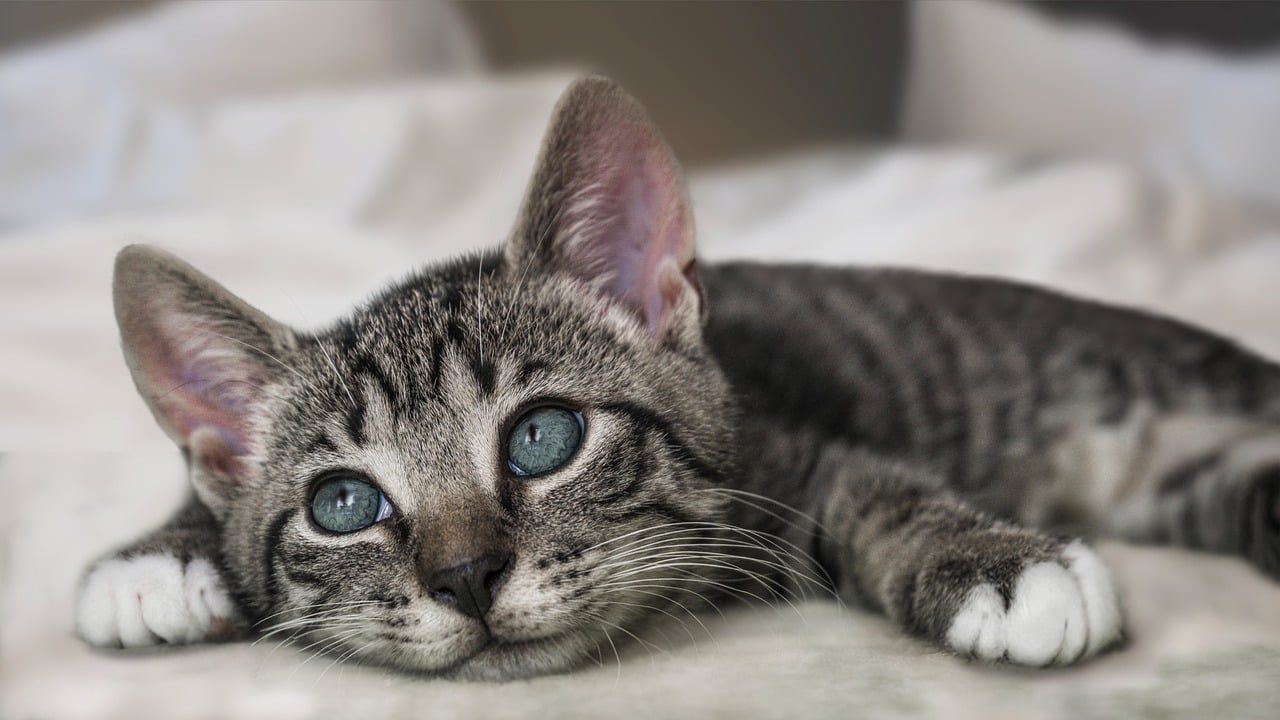Over the past century, domestic cats have undergone some notable changes, influenced by factors such as human intervention, breeding practices, and changing environments.
While the overall appearance and behaviors of domestic cats may not have changed dramatically, there are some observable shifts.
Let's find out more.
Physical Traits
Selective breeding has led to a variety of new cat breeds with distinct physical characteristics.
Breeding practices have emphasized traits such as coat patterns, colors, and body shapes, resulting in a wide range of appearances that differ from the typical "moggy" or mixed-breed cat.

Size and Shape
Some cat breeds have been developed to be larger or smaller than their ancestors.
For example, the Maine Coon breed has become notably larger, while the Munchkin breed has shorter legs due to genetic mutation.
Coat Patterns and Colors
Breeding programs have led to the development of new coat patterns and colors that were not commonly seen in domestic cats of the past.
Behavioral Traits
While the core behaviors of domestic cats have remained relatively consistent, certain breeds have been selected for specific behavioral traits.
For example, the Siamese breed is known for being more vocal and social compared to other breeds.
Health and Longevity
Advances in veterinary care and nutrition have contributed to improved overall health and increased lifespans for many domestic cats.
This has led to a greater emphasis on preventive care and a better understanding of feline health.













